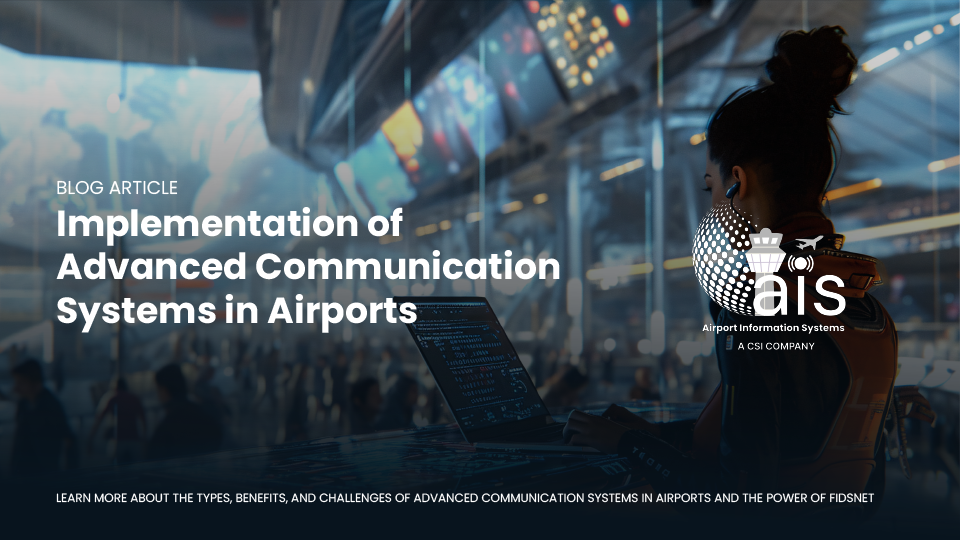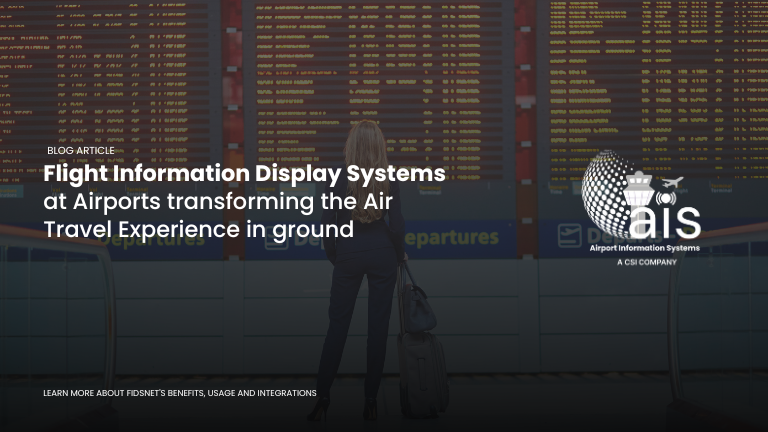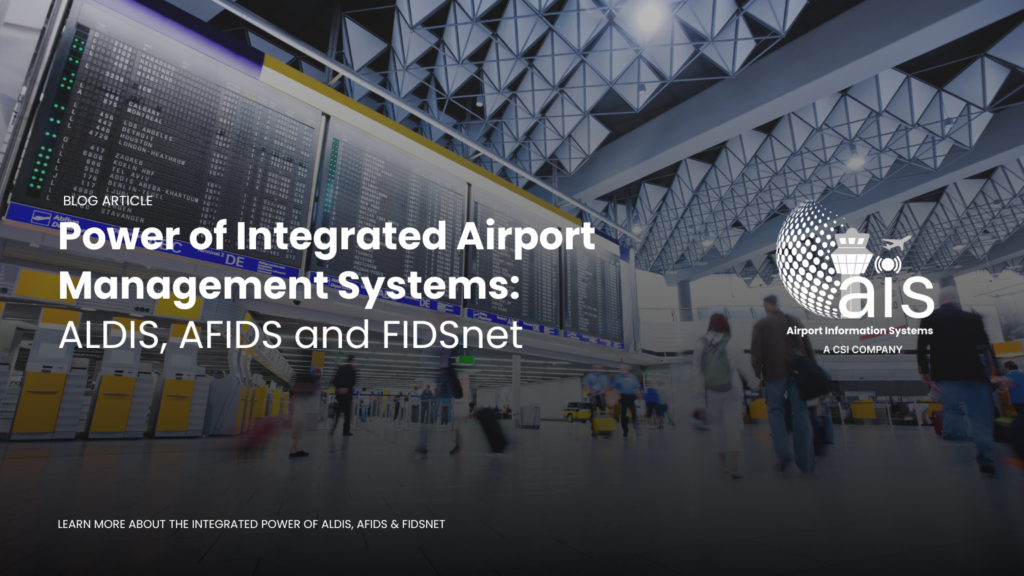Introduction
Amidst the hustle and bustle of airports, where thousands of passengers and numerous flights intersect daily, effective Amidst the hustle and bustle of airports, where thousands of passengers and numerous flights intersect daily, effective communication systems in airports are the backbone that ensures everything runs smoothly.
For example, London, the largest aviation hub in the world by passenger traffic, handles over 168 million passengers annually through its six international airports.
Airports are intricate ecosystems where coordination among various departments, airlines, and external agencies is crucial. And thus, Advanced communication systems are indispensable, enabling seamless interactions between all stakeholders involved. Given the complexity of such vast operations, communication plays a pivotal role in maintaining safety, efficiency, and a positive passenger experience.
Let’s dive a little deeper to learn more about them and how they impact airport operations:
Types of Advanced Communication Systems
As airports strive to enhance their communication capabilities, various advanced systems have emerged in the last few decades to meet the growing demands. This section delves into the different types of advanced communication systems that are transforming airport operations.
Digital Radio Communication Systems
Digital radio communication systems allow for clear, reliable, and secure communication between ground staff, air traffic control, security personnel, and other key players. Unlike traditional analogue systems, digital radios offer better audio quality, encryption for secure conversations, and integration with other digital systems for comprehensive communication management.
IP-Based Communication Systems
This type of system leverages the internet protocol to facilitate a range of communication activities. IP-based systems are highly scalable, making them suitable for airports of all sizes. They enable voice, video, and data communication over a unified network, improving the efficiency and reliability of airport communications. Additionally, IP-based systems support remote communication, allowing airport management to oversee operations from anywhere.
Airport Management Systems
Airport Management Systems integrate easily with various communication channels and data streams to provide a comprehensive overview of airport operations. These systems manage everything from flight schedules and passenger information to ground services and emergency protocols. By centralising communication and operational data, the Airport management system enhances decision-making and ensures that all departments are aligned with the airport’s operational goals.
Benefits of Advanced Communication Systems
These systems are revolutionising airport operations and setting a new standard for excellence. But how? Here are some of the prevalent benefits of Advanced Communication Systems that airports are currently enjoying.
Enforcement of Real-Time Security Protocols
Safety and security are paramount in airport operations. Advanced communication systems play a critical role in ensuring that security protocols are followed and that any potential threats are addressed swiftly. For example, digital radio systems enable immediate communication between security teams and other stakeholders, while IP-based systems allow for the rapid sharing of video surveillance footage and other critical data.
Passenger Experience Optimisation
Passengers expect a smooth, stress-free experience when travelling through airports. Advanced communication systems contribute to this experience by providing real-time information, clear directions, and prompt assistance when needed. Systems like Flight Information Display Systems (FIDS) keep passengers informed about flight schedules, delays, and gate changes, while wayfinding systems help them navigate the airport efficiently.
Unified Airside Operations Management
Operational efficiency is crucial for airports to manage the high volume of passengers and flights daily. Advanced communication systems streamline operations by ensuring that all departments are in sync. For instance, ground services can communicate directly with air traffic control and airlines to coordinate the timely arrival and departure of flights. This reduces delays and improves overall airport management efficiency.
Emergency Responsiveness
In the event of an emergency, swift and effective communication is vital. Advanced communication systems enable airports to coordinate emergency responses quickly and efficiently. Whether it’s a security threat, a natural disaster, or a medical emergency, these systems ensure that all relevant parties are informed and can act immediately to mitigate the situation.
Better Sustainable Airport Operations
As airports continue to increase their focus on sustainability, advanced communication systems help minimise the environmental footprint through various optimisation and eco-conservation build structures. These systems also contribute to lower fuel consumption and emissions by optimising operations and reducing delays.
Importance of One-Way Communication in Airports via Display Systems
One-way communication is a vital component of airport operations, playing a critical role in ensuring the smooth functioning of airports. While often overlooked, one-way communication via display systems is essential for conveying crucial information to passengers, staff, and stakeholders.
In this section, we’ll explore how these systems contribute:
Flight Information Display Systems (FIDS)
One-way communication through display systems is essential for keeping passengers informed and ensuring smooth airport operations. Flight/ Passenger Information Display Systems (PIDS) provide real-time updates on flight information, gate changes, and delays. These systems are strategically placed throughout the airport, ensuring that passengers can easily access the information they need.
Real-time Flight Information
Real-time flight information is crucial for passengers to plan their journey through the airport. Display systems provide up-to-the-minute updates on arrivals and departures, helping passengers avoid missed flights and long waits at the gate.
Wayfinding and Directions
Navigating a large, unfamiliar airport can be challenging for passengers, especially for foreigners arriving for the first time. One-way communication systems, such as digital signage and interactive maps, guide passengers through the airport, helping them find their gates, restrooms, restaurants, and other amenities.
Over-the-Air Announcements
Display systems are also used to broadcast important announcements, such as security alerts, boarding calls, and changes in flight schedules over the air. This ensures that all passengers are informed, even if they are not near a gate or information desk.
Security and Emergency Situations
Display systems play a critical role in managing the situation in the event of a security threat or emergency. Display systems can relay emergency instructions to passengers and staff, ensuring that everyone is aware of the situation and knows how to respond. This can include instructions on where to evacuate, how to seek help, or updates on the status of an emergency.
FIDSnet: A Terminal-Optimised Flight Information Display System
FIDSnet is a comprehensive display system that showcases vital airport information on clear 4K LCD TV screens, powered by Android Smart Boxes. This reduces complexity and costs, making it an ideal solution for airports seeking to upgrade their display systems.
Key Features of FIDSnet:
- Displays arrivals, departures, check-in desks, gates, carousels, and staff information
- Supports multiple code-share flights, origin/destination airports, and bilingual flight remarks
- Offers variety of standard display variations, banner advertisements, and real-time web uplift capabilities
- Utilises structured cabling, Wi-Fi, Power-over-Ethernet, or standalone power supply connections
- Highly customisable display screens with easy-to-use Screen Configuration Utility
By harnessing the power of FIDSnet, airports can transform their information display management, enhancing the overall passenger experience while reducing costs and complexity.
Challenges with the Implementation of Advanced Communication Systems in Airports
Installing and bringing the advanced communication systems into action comes with a set of challenges. The high cost of installation and AMC is a significant concern, as is the complexity of integrating new systems with existing infrastructure. Airport staff must also be trained to use the new systems effectively, which requires a substantial investment of time and resources.
Along with that, ensuring the security and reliability of these systems is crucial, as any communication failure could have serious consequences. Airports must also consider how their systems will interact with those of other stakeholders, such as air traffic control and airlines. Finally, they must be able to scale and adapt their systems to meet growing demands. Airports can navigate the implementation process more smoothly, utilising these new communication systems.
FIDSnet offers a solution, providing a terminal-optimised Flight Information Display System (FIDS) that integrates seamlessly with existing infrastructure. Its customisable and scalable design ensures easy management of vital airport information, reducing complexity and costs. With FIDSnet, airports can enhance the passenger experience, streamline communication, and address the challenges of implementation. Plus, its advanced features like real-time web uplift capabilities and customisable banner advertisements take airport information display beyond merely display systems.
Conclusion
In conclusion, the implementation of advanced communication systems in airports is a requisite in the modern airport management infrastructure. From digital radio communication to IP-based systems and airport management systems, the benefits of advanced communication systems in Airports are myriad.
Additionally, one-way communication through display systems like FIDSnet plays a vital role in conveying crucial information to passengers and staff. However, airports must be aware of the challenges that come with implementation, such as high costs, complexity, and security concerns. Leveraging the power of advanced communication systems, airports can create a seamless, stress-free, and enjoyable experience for all stakeholders involved.
Looking ahead, emerging trends such as artificial intelligence, 5G networks, and the Internet of Things (IoT) are set to further revolutionise airport communication systems, making them even more efficient and responsive to the needs of passengers and staff alike.
Ready to elevate your airport’s communication game with FIDSnet? Get a demo with our Airport Management Systems Specialists today!


